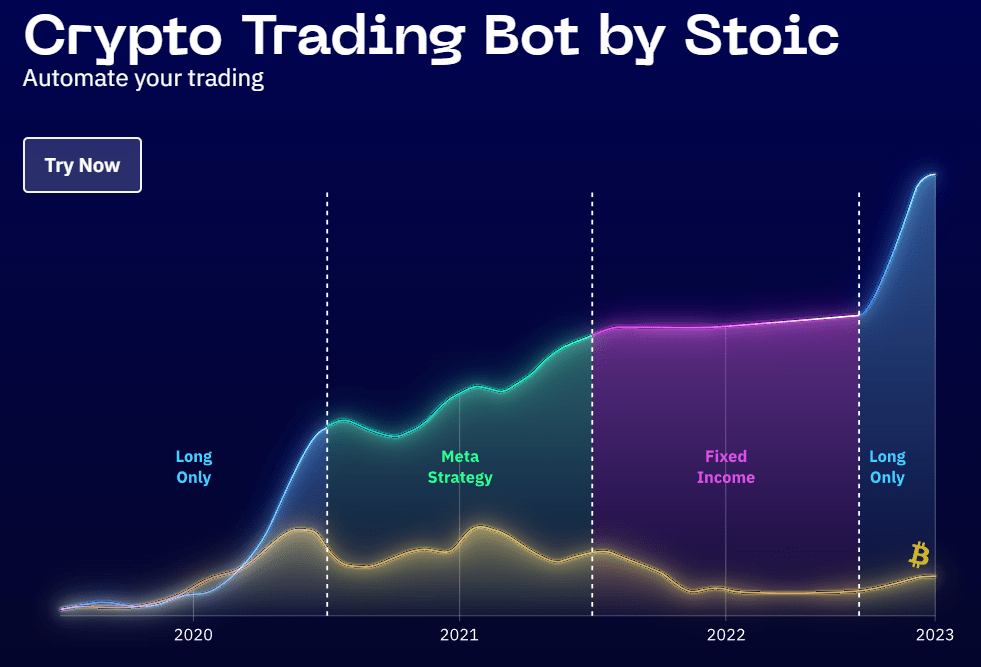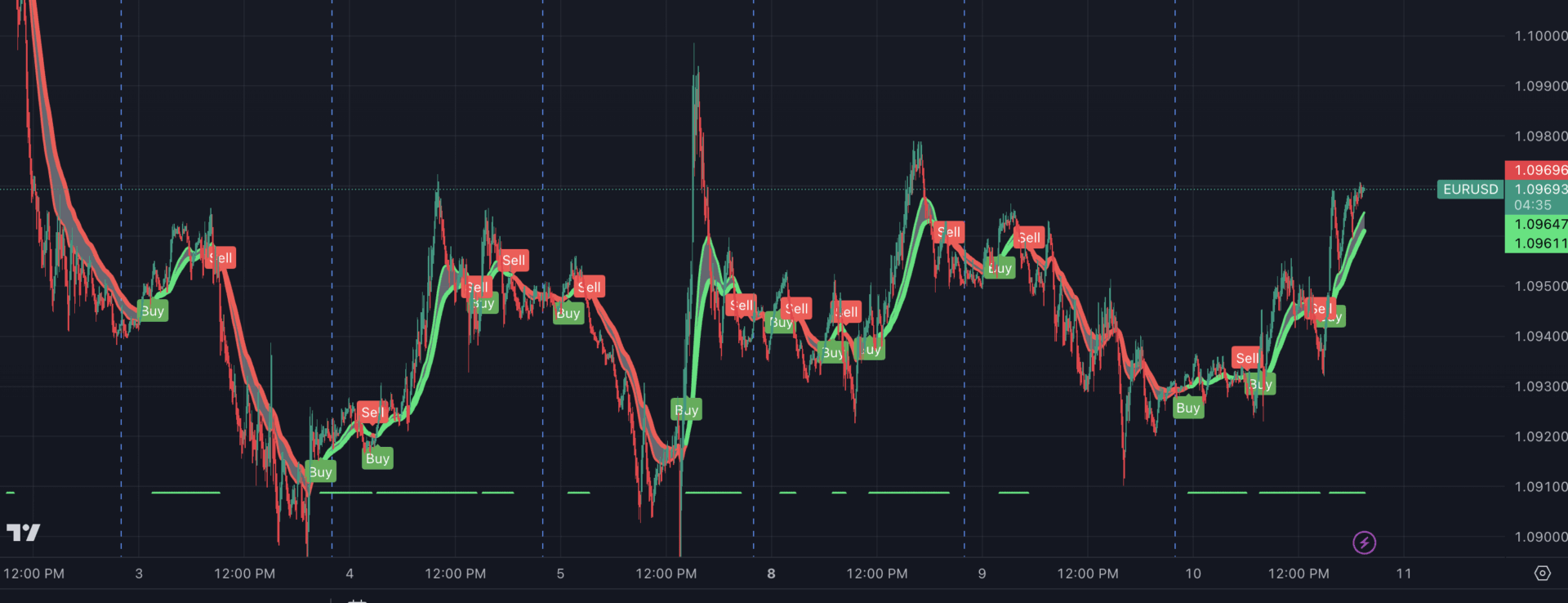Did you know that some traders believe using day trading bots is like trusting a cat to babysit a toddler? While technology can be a powerful ally in the fast-paced world of trading, it comes with its own set of risks. In this article, we dive into the essentials of day trading bots, exploring how they operate, their potential risks, and how they can impact your trading strategies. We’ll also uncover the reliability of these bots for profit, the security threats involved, and common pitfalls users encounter. With insights into market conditions, technical failures, and the legal landscape, you'll learn how to evaluate and minimize risks effectively. Finally, we discuss alternatives to day trading bots, ensuring you make informed decisions for your trading journey. Join us at DayTradingBusiness as we navigate the complex world of automated trading!
What are day trading bots and how do they work?
Day trading bots are automated software programs that execute trades on behalf of traders based on predefined strategies. They analyze market data, identify patterns, and make trades rapidly, aiming to capitalize on short-term price movements.
The risks of using day trading bots include:
1. Market Volatility: Bots may react poorly to sudden market changes, leading to significant losses.
2. Technical Failures: Software glitches or connectivity issues can disrupt trading, causing missed opportunities or erroneous trades.
3. Over-optimization: Bots can perform well on historical data but may fail in real-time trading due to changing market conditions.
4. Lack of Human Judgment: Bots lack the ability to assess news events or market sentiment, which can impact trading outcomes.
5. Regulatory Risks: Some trading strategies may violate exchange rules, leading to penalties or account restrictions.
Using day trading bots requires understanding these risks and continuous monitoring of their performance.
What are the potential risks of using day trading bots?
The potential risks of using day trading bots include:
1. Market Volatility: Bots can react quickly to price changes, but they may also amplify losses during volatile market conditions.
2. Technical Failures: Software glitches, server outages, or connectivity issues can lead to missed trades or erroneous orders.
3. Over-Optimization: Bots may perform well on historical data but fail in live markets due to overfitting strategies.
4. Lack of Human Judgment: Bots can’t adapt to unforeseen events or news that may impact the market, leading to poor decision-making.
5. High Frequency Trading Risks: Rapid trading can incur high transaction costs and slippage, eating into profits.
6. Security Vulnerabilities: Bots can be targets for hacking, risking your trading account and funds.
7. Regulatory Risks: Changes in regulations could affect bot operation, potentially leading to legal issues.
Understanding these risks is crucial for using day trading bots effectively.
How do day trading bots impact trading strategies?
Day trading bots can significantly impact trading strategies by automating trades, improving execution speed, and reducing emotional decision-making. However, they come with risks such as technical failures, market volatility, and over-reliance on algorithms. Bots may misinterpret market signals, leading to poor trades, and can exacerbate losses during rapid market changes. Additionally, using bots can result in reduced market understanding and skill development for traders.
Are day trading bots reliable for making profits?
Day trading bots can be unreliable for making profits due to several risks. They depend on algorithms that may not adapt to volatile market conditions. Bots can misinterpret data, leading to poor trading decisions. Technical failures or glitches can result in significant losses. Moreover, relying solely on automation can cause traders to overlook market nuances. It's crucial to combine bot trading with active monitoring and a solid strategy to mitigate these risks.
What are the security risks associated with day trading bots?

Day trading bots pose several security risks. First, they can be vulnerable to hacking, leading to unauthorized access and potential loss of funds. Second, if the bot's code contains bugs or vulnerabilities, it could execute trades incorrectly, resulting in significant financial losses. Third, relying on third-party bots increases the risk of data breaches, as sensitive information may be exposed. Lastly, market manipulation is a concern, as poorly designed bots can contribute to erratic trading patterns, attracting regulatory scrutiny.
How can day trading bots lead to financial losses?
Day trading bots can lead to financial losses due to several key factors. First, they rely on algorithms that may not adapt well to sudden market changes or news events, resulting in poor decision-making. Second, they can execute trades too quickly based on flawed signals, leading to losses from high-frequency trading mistakes. Third, reliance on automation can create complacency, causing traders to overlook important market analysis. Additionally, many bots come with high fees or commissions that eat into profits. Finally, technical failures or connectivity issues can result in missed trades or incorrect orders, further exacerbating losses.
What common mistakes do users make with day trading bots?
Common mistakes users make with day trading bots include over-reliance on automation without understanding market conditions, neglecting to set proper risk management parameters, and failing to regularly monitor bot performance. Many also ignore backtesting results or use bots without adequate market research, leading to poor trade decisions. Additionally, users often underestimate the importance of adjusting strategies based on changing market dynamics, which can result in significant losses.
How do market conditions affect day trading bots?
Market conditions significantly influence day trading bots. In volatile markets, bots can capitalize on rapid price changes but may also trigger false signals, leading to losses. In stable markets, bots might struggle to find profitable trades. Additionally, low liquidity can hinder execution, causing slippage. Bots relying on historical data might fail during unexpected events, amplifying risks. Thus, adapting strategies to current market conditions is crucial for effective bot performance.
Can day trading bots experience technical failures?

Yes, day trading bots can experience technical failures. These failures may include software bugs, connectivity issues, or hardware malfunctions. Such problems can lead to incorrect trade executions, missed opportunities, or even significant financial losses. Regular maintenance and monitoring are essential to mitigate these risks.
What are the legal and regulatory risks of using trading bots?
Using trading bots can expose you to several legal and regulatory risks. First, compliance with securities laws is crucial; failure to adhere can lead to penalties. Bots may inadvertently manipulate market prices or engage in practices like wash trading, which are illegal. Additionally, not all jurisdictions have clear regulations on automated trading, so operating in a gray area can be risky. Ensure your bot adheres to the rules set by exchanges and regulatory bodies, like the SEC or FCA, to avoid legal repercussions. Lastly, keep in mind data privacy regulations, as mishandling personal data can lead to significant fines.
Learn about Legal Risks Associated with Using Automated Trading Systems
How do emotional factors influence day trading bot performance?
Emotional factors can significantly impact day trading bot performance by affecting decision-making processes and market perceptions. Traders often let emotions like fear and greed influence their strategies, which can lead to impulsive adjustments to bot settings or strategies. When traders panic during market volatility, they may override the bot's algorithms, resulting in poor performance. Additionally, emotional attachment to past trades can skew judgment, causing traders to ignore the bot's data-driven insights. Ultimately, a trader's emotional state can disrupt the systematic approach that day trading bots rely on, increasing risks and potential losses.
Learn about How Do Prop Firms Evaluate Day Trading Performance?
What should I consider before choosing a day trading bot?
Before choosing a day trading bot, consider these risks:
1. Market Volatility: Bots can react unpredictably in volatile markets, leading to significant losses.
2. Algorithm Limitations: Bots rely on algorithms that may not adapt to changing market conditions, risking poor decision-making.
3. Technical Issues: Software glitches or connectivity problems can result in missed opportunities or unwanted trades.
4. Over-optimization: Some bots are over-optimized for past performance, which may not translate to future profitability.
5. Lack of Understanding: Relying solely on bots without understanding trading strategies can lead to poor outcomes.
6. Security Risks: Bots can be vulnerable to hacking, putting your funds at risk.
Evaluate these factors carefully to mitigate potential downsides.
How do I evaluate the performance of a day trading bot?
To evaluate the performance of a day trading bot, analyze its historical trading data, focusing on metrics like return on investment (ROI), win rate, and maximum drawdown. Check the bot's consistency over different market conditions and time frames. Consider its risk management strategies, such as stop-loss settings and position sizing. Review the bot's latency and execution speed, as these can impact performance. Finally, assess user reviews and backtesting results to gauge reliability and effectiveness.
Learn about How Do Prop Firms Evaluate Day Trading Performance?
Are there any scams related to day trading bots?
Yes, there are several scams related to day trading bots. Many promise guaranteed profits but often result in significant losses. Some bots are designed to steal your funds or personal information. Others may manipulate trades without your knowledge, leading to unfavorable outcomes. Always research a bot’s credibility, look for user reviews, and verify claims before investing.
How can I minimize risks when using day trading bots?
To minimize risks when using day trading bots, follow these strategies:
1. Choose Reputable Bots: Select bots with positive reviews and proven track records to ensure reliability.
2. Start with a Demo Account: Test the bot in a simulated environment to understand its performance without financial risk.
3. Set Strict Parameters: Configure your bot with clear limits on trades, including stop-loss and take-profit settings to protect your capital.
4. Diversify Strategies: Use multiple bots or strategies to spread risk across different assets and market conditions.
5. Monitor Performance Regularly: Keep an eye on the bot’s performance and adjust settings as needed based on market changes.
6. Limit Capital Allocation: Invest only a small portion of your total capital to avoid significant losses if a bot fails.
7. Stay Informed: Keep up with market news and trends that could affect the effectiveness of your bot’s trading strategy.
Implementing these practices can help you navigate the risks associated with day trading bots effectively.
Learn about How to Mitigate Risks When Day Trading ETFs
What alternatives exist to day trading bots?
Alternatives to day trading bots include manual trading, algorithmic trading with custom strategies, social trading platforms, and using trading signals from expert analysts. Manual trading allows for greater control and judgment, while algorithmic trading can be tailored to specific market conditions. Social trading lets you follow and copy successful traders. Trading signals provide insights without automated execution. Each option carries its own risks, like emotional decision-making in manual trading or relying on the accuracy of external signals.
Conclusion about What Are the Risks of Using Day Trading Bots?
In conclusion, while day trading bots can offer potential benefits, they come with significant risks that traders must consider carefully. Understanding the operational mechanics, the impact on trading strategies, and the various technical, financial, and regulatory challenges is crucial for effective use. To maximize success and minimize losses, thorough evaluation and cautious selection of day trading bots are essential. For comprehensive insights and support in navigating these complexities, DayTradingBusiness is here to help you make informed decisions.
Learn about What Are the Risks of Using Non-Compliant Day Trading Brokers?
Sources:
- Implementation of Algorithm on Intraday Trading Bot for Trading ...
- Managing Japan's Shrinking Labor Force With AI and Robots - IMF ...
- Did Trading Bots Resurrect the CAPM? by Andreas Park, Jinhua ...
- The Art of Financial Illusion - How to Use Martingale Betting Systems ...
- AI revolutionizing industries worldwide: A comprehensive overview ...